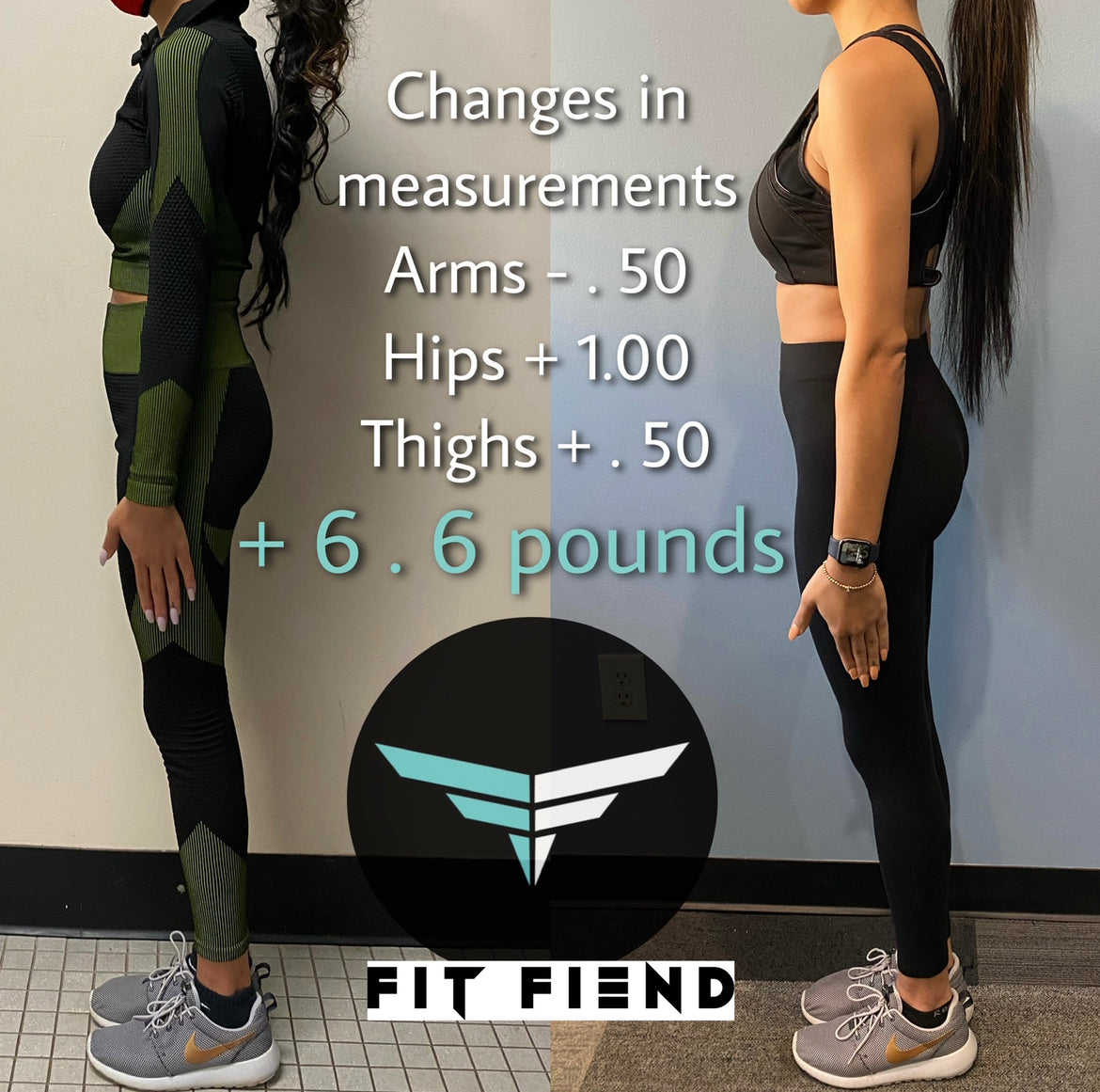
There are many ways to continue your education in personal training. You can find out more about the NFPT and ISSA as well as NASM and NSCA. There are many programs offered by these organizations, and many of them are completely free. Choosing the right one for you can help you advance your career.
NFPT
The NFPT is a certification and continuing education organization for fitness professionals. Their certification program focuses on basic principles of fitness science, back-to-basics fitness, and safe, practical training. The program is free to take and is offered all over the world. It consists of an exam that focuses on communication skills, training program development, anatomy & physiology, and fitness components.
To keep your certification valid as a member of NFPT, it is necessary to take several courses each year. The majority of these courses are online. They typically last between 60 and 90 days depending upon your schedule. Many courses are free of charge, which is a significant savings over other certs. To test your knowledge on new material, members can take free online retests offered by the NFPT.

NASM
The NASM personal training certification program is based on scientific research and fitness expert experience. The program is also compatible with occupational competency standards. The curriculum is divided into separate modules that cover human movement science, nutrition, and movement assessments. Students also learn how to design integrated training programs using the NASM OPT model. The end result is a highly qualified personal tutor who is capable of helping clients reach any goal.
You can take courses in a variety of formats including online or in-person workshops. Each format has its advantages and disadvantages. The following five courses offer a mixture of in-person workshops and online courses.
ISSA
ISSA's personal training certification course can help you become a certified personal trainee. It's available online for $595 and $25 S&H for Continental US students. The ISSA program includes study materials as well as a free retest and unlimited web and telephone support. The ISSA exam is the equivalent of CPT certification. Trainers are required to renew their certification every two years.
The Fast Track program can help you become an ISSA trainer. This 4-week course is for people who are looking to jumpstart their career in the health and fitness industry. You must be 18 years or older and have current CPR/AED certificate. The comprehensive course will prepare you to become certified personal trainer in no matter how fast.

NSCA
To keep your certification as a personal coach, you'll need to take NSCA continuing education. You can complete this online, or take a proctored certification exam. The 200-question course can be completed in one of two ways. The test is based on knowledge of scientific principles and practical application, and mimics the actual certification exam. It doesn't really matter whether you take the online course or the proctored exam. You need to be familiar with the material thoroughly before you can take the exam.
The NSCA offers many programs that can be tailored to your needs if you're looking to improve your certification. You can attend one or more seminars to update your knowledge in various areas of fitness. You can even attend live workshops to get more information and meet other fitness professionals.
FAQ
What should I eat before I work out?
No. You don't need to eat anything before working out. However, if you're hungry after working out, you might want to snack on something light like fruit or yogurt.
When I exercise, should I consume alcohol?
It is important to limit your alcohol intake while you are working out. Moderate alcohol consumption (one drink per week) can help increase endurance during training. It may also be beneficial in reducing fatigue and muscle aches that can result from vigorous exercise.
How exercise and nutrition can improve your quality of life
Exercise can help you lose weight, gain muscle mass and reduce stress. Nutrition is vital for energy, mood, sleep, and overall health. Eat less meat, limit alcohol consumption, avoid smoking, exercise regularly, and reduce your risk of dying.
Statistics
- In high-income countries, 26% of men and 35% of women were insufficiently physically active, as compared to 12% of men and 24% of women in low-income countries. (who.int)
- One study showed that adults who watch more than 4 hours of television daily had an 80% higher risk of death from cardiovascular disease. (heart.org)
- Adolescent girls were less active than adolescent boys, with 85% vs. 78% not meeting WHO recommendations of at least 60 minutes of moderate to vigorous intensity physical activity per day. (who.int)
- In 2018, the World Health Assembly agreed on a global target to reduce physical inactivity by 15% by 2030 and align with the Sustainable Development Goals. (who.int)
External Links
How To
How To Burn Belly Fats Faster
Belly Fat is usually seen as a problem when we want to lose weight. If you look at it, belly fat is actually a positive thing. Your organs are protected from being damaged by excess belly fat. Let's learn how to quickly burn belly fat.
The two main factors that make us store body fat are stress and lack of exercise. Because of its stimulation of the production hormone cortisol, stress can make us feel hungry continuously. Cortisol increases insulin levels in our blood. Insulin then stores excess calories as fat. Lack of sleep causes the release of adrenaline into our system, leading to increased appetite. These extra calories can easily be lost through exercise.
There are many options to reduce belly weight. You can choose to try any of these options, depending on your budget. These tips will help you quickly get rid of belly fat.
-
Eat less food. Eat smaller meals throughout the day rather than eating three big ones. This way, you'll consume fewer calories overall.
-
Get plenty of water. Water helps flush out toxins from the body and keeps you hydrated. Drinking water before meals will help you feel fuller for longer, so you don't overeat.
-
Avoid unhealthy snacks. If you're looking for quick fixes, snack foods like chips, cookies, candies, etc. Although tempting, they can be very unhealthy. These sweet treats can be tempting, but they are high in empty calories and sugar. Choose healthy alternatives like fruits and vegetables, nuts, seeds, whole grains, and seeds.
-
Strength training should be done at least three times per week. Strength training builds muscle mass that burns more calories, even when it is done while you rest. It strengthens bones and muscles, ligaments, muscles, tendons, heart, lungs, as well as joints.
-
Regularly walk or stretch. Stretching can improve flexibility, mobility, and reduce back pain. Walking is great for burning calories, especially brisk walking for 30 minutes.
-
Reduce alcohol intake. Your diet is empty of calories, and alcohol has no nutritional content.
-
Slowly lose weight. Finding out your current weight is the first step in losing weight. Add 5%-10% of your total bodyweight to calculate your ideal size. Once you have reached your target weight, begin decreasing your daily calories intake by 500-1 000 calories until you reach your goal.
-
Avoid processed food. These foods are high on sugar, salt, and additives. These processed foods are often convenient, but they lack enough nutrients for good health.
-
Don't skip breakfast! Eating breakfast improves concentration, memory, and energy level. Include protein (like eggs) and fiber, like oats, in your breakfast.
-
Have regular bowel movements. Bloating and gas can be caused by irregular bowel movements and constipation. Drink plenty of water to prevent gas and fiber ingestion.